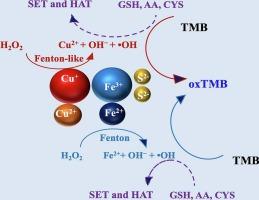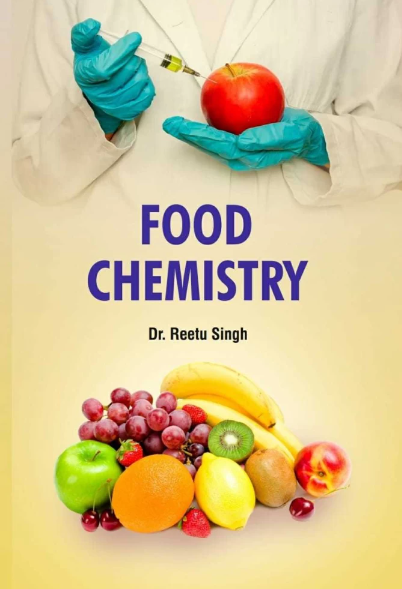Nanomineralzyme as a novel sustainable class of nanozyme: Chalcopyrite-based nanozyme for the visual detection of total antioxidant capacity in citrus fruit
IF 8.5
1区 农林科学
Q1 CHEMISTRY, APPLIED
引用次数: 0
Abstract
Chemically-synthesized Nanozymes that are widely used as alternatives to enzymes face challenges such as high precursor costs, complex preparation processes, and limited catalytic efficiency. To overcome these drawbacks, we introduce naturally derived nanozymes, nanomineralzymes, as a promising alternative, offering benefits like affordability, cost-effectiveness, and scalability. Chalcopyrite (CP, CuFeS2) was sourced from a mineral deposit, and CP nanoparticles were produced by milling. These nanoparticles exhibited strong peroxidase-like activity, achieving a low Michaelis-Menten constant using 3,3′,5,5′-tetramethylbenzidine as a substrate. Characterizations revealed the presence of cuprous, cupric, ferrous, and ferric ions in the CP mineral. The proposed mechanism involves an enhanced Fenton and Fenton-like process due to the metal ions' multi-valence states. CP nanozyme activity was inhibited to produce radicals due to hydrogen atom transfer and single electron transfer with ascorbic acid, glutathione and cysteine. The CP mineralzyme-based total antioxidant capacity probe was successfully used for detection of TAC in citrus fruits.


纳米矿物酶作为一种新型的可持续发展的纳米酶:基于黄铜矿的纳米酶用于柑橘类水果总抗氧化能力的视觉检测
化学合成的纳米酶被广泛用作酶的替代品,面临着前体成本高、制备过程复杂和催化效率有限等挑战。为了克服这些缺点,我们引入了天然衍生的纳米酶,纳米矿物酶,作为一种有前途的替代品,具有可负担性,成本效益和可扩展性等优点。黄铜矿(CP, CuFeS2)来源于某矿床,CP纳米颗粒通过磨矿制备。这些纳米颗粒表现出较强的过氧化物酶样活性,以3,3 ',5,5 ' -四甲基联苯胺为底物,达到较低的Michaelis-Menten常数。表征表明,CP矿物中存在铜、铜、亚铁和铁离子。所提出的机制涉及到由于金属离子的多价态而增强的芬顿和类芬顿过程。抗坏血酸、谷胱甘肽和半胱氨酸的氢原子转移和单电子转移抑制了CP纳米酶产生自由基的活性。采用CP矿化酶总抗氧化能力探针对柑橘果实中TAC进行了检测。
本文章由计算机程序翻译,如有差异,请以英文原文为准。
求助全文
约1分钟内获得全文
求助全文
来源期刊

Food Chemistry
工程技术-食品科技
CiteScore
16.30
自引率
10.20%
发文量
3130
审稿时长
122 days
期刊介绍:
Food Chemistry publishes original research papers dealing with the advancement of the chemistry and biochemistry of foods or the analytical methods/ approach used. All papers should focus on the novelty of the research carried out.
 求助内容:
求助内容: 应助结果提醒方式:
应助结果提醒方式:


